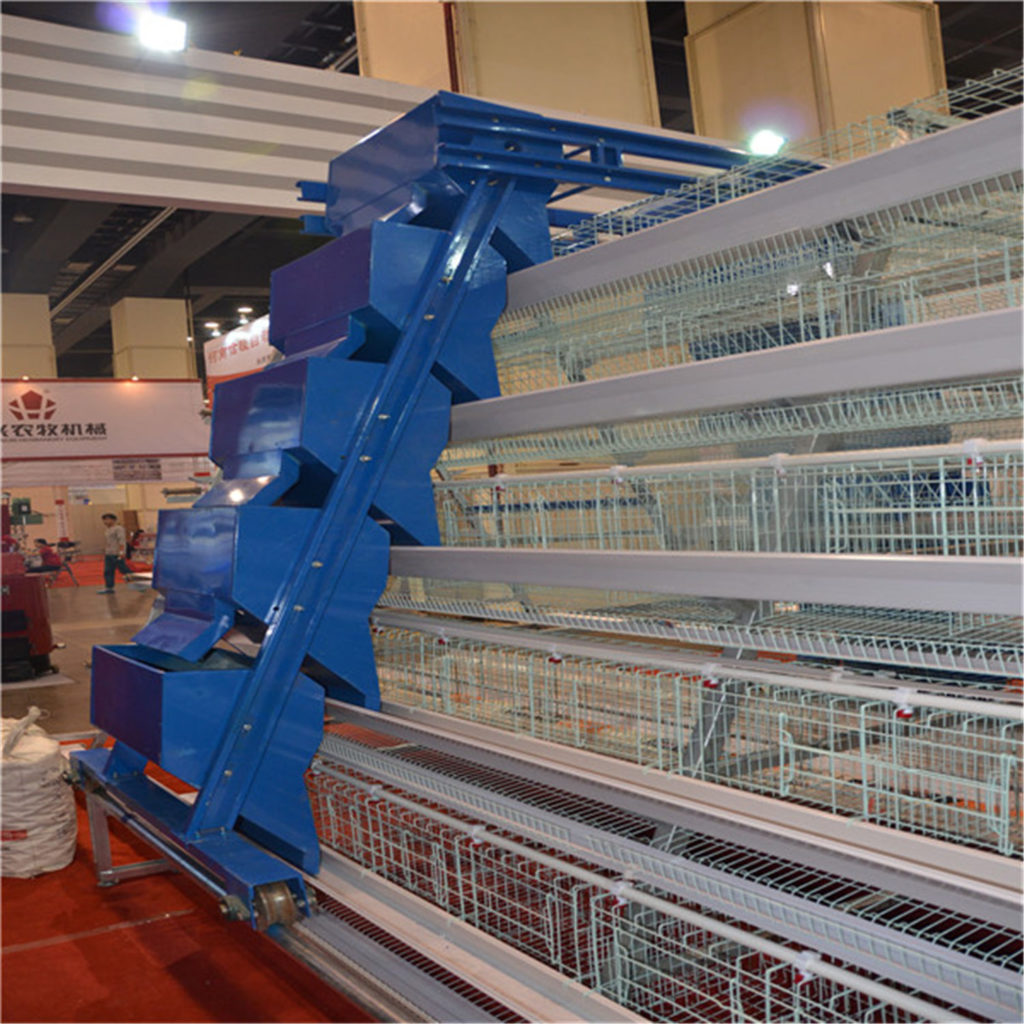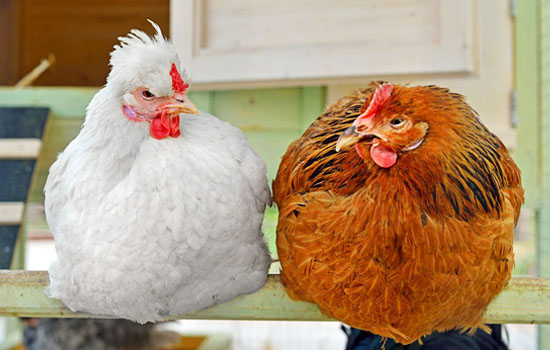More and more customers use chicken cage breeding equipment to raise chickens. In order to ensure a good chicken breeding environment and chicken living conditions, we should pay attention to the following points when breeding.
1. Check harmful substances
The most harmful vapors to chickens are nitrogen dioxide and hydrogen chloride. Because ammonia is volatile and irritating, if the chicken shed is caused by a lot of nitrogen dioxide, you will be the first to know it when you enter the chicken shed. When the smell of ammonia is smelled, it indicates that the nitrogen dioxide in the chicken shed has long exceeded the standard. In addition, chicken sheds that use briquettes for thermal insulation should pay attention to
the carbon monoxide poisoning of the staff and chickens. When the amount of harmful substances is exceeded, effective countermeasures should be taken immediately, such as moderately increasing the amount of natural ventilation, removing and replacing mat materials, etc., to alleviate the damage to the chicken.
2. Check the temperature
For breeding, temperature is particularly important. Watching chicken temperature is a common method of operation. Check whether the temperature on the thermometer meets the specified temperature. If the temperature is too far apart, immediately take measures to increase or decrease the temperature to keep the temperature within the specified range.
3. Check natural ventilation
Check if natural ventilation is good. Especially when the average temperature is low in winter, it is usually only to keep warm and ignore all normal natural ventilation. When the natural ventilation is good, the chickens are cheerful and active, and there is no smell in the livestock house. It is very comfortable when the temperature and natural ventilation are both qualified. If it is found that the chicken is not sick and withered, breathes slightly, has a strong smell, and is full of dust, it indicates that the natural ventilation in the chicken shed is extremely poor, and natural ventilation should be increased immediately.
4. Check excrement
Check the color of the excrement and whether there is pus and blood in the stool. Generally speaking, chicken excrement is thin and soft, and some excrement is strip-shaped. Some diseases can cause diarrhea in chickens, such as infectious bursal disease and infectious acute bronchitis. The excrement of chickens is yellow and white; when the chicken is suffering from Newcastle disease, it discharges emerald green, yellow and white water sampling excrement; there
is pus in the livestock house Bloody stools, most chickens are infected with coccidia. When abnormal excrement is found, an autopsy is given when necessary.
5. Check the environmental humidity
Check whether the environmental humidity meets the regulations. Microbial strains are easy to survive with high environmental humidity, and the damage of ultra-low temperature is more serious if accompanied by low temperature. If the environmental humidity is low, the chicken shed will be dry, and the chickens are prone to respiratory diseases, especially the chickens. The long-term dry natural environment can make the chickens dry and weak. Therefore, we must attach
great importance to the adjustment of the environmental humidity of the chicken shed.

